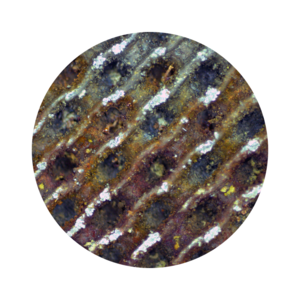Defence in Mechanical Engineering M.Sc. (Tech) Tuomas Puttonen

When
Where
Event language(s)
Opponent Professor Ian Maskery, University of Nottingham, UK
Custos Professor Mika Salmi, Aalto University, School of Engineering, Department of Mechanical Engineering
Contact information; [email protected] tel. +358 50 560 2888
Additive manufacturing, also known as 3D printing, has been developing fast from prototyping applications towards wide-spread industrial manufacturing of end-use components. The methods allow the manufacture of geometrically complex parts, layer by layer, without the need for production tools. Typically, in additive processes, the local cooling and solidification of material is fast compared to traditional manufacturing methods causing a unique, oriented microstructure, and potential material defects. Consequently, the part mechanical properties are dependent on the selected printing orientation. However, the influence of geometrical complexity on material microstructure and defect formation is still scarcely studied. The dissertation explores how the manufacturing process and geometrical complexity may affect material long-term behavior. For example, how can the printing orientation or material defects influence metal corrosion or plastic weathering? The AM process and part orientation influence on plastic degradation is studied with accelerated weathering, tensile testing, and fractography on simple geometries. In the study of corrosion, the evaluation is extended to geometrical complexity. Lattice structures, with identical units repeating in three dimensions, are employed to reveal any relations between part size or shape with corrosion susceptibility. The weathering durability of additive manufacturing plastics was not found to alter significantly due to a varying build orientation. In contrast, the corrosion experiments suggested a higher susceptibility to localized corrosion for the finest wall-thickness lattice structures. Methods based on open-source software were developed to analyze microcomputed X-ray tomography data. The workflow was designed to localize and characterize corrosion-induced changes but is also applicable to other research fields. The uncertainty of material long-term durability prevents reaching the full potential of additive manufacturing. It is recommended to further study how fine features may affect the material microstructure and defect formation. Inspection and testing procedures should be developed to better consider the geometrical complexity and its associated risks.